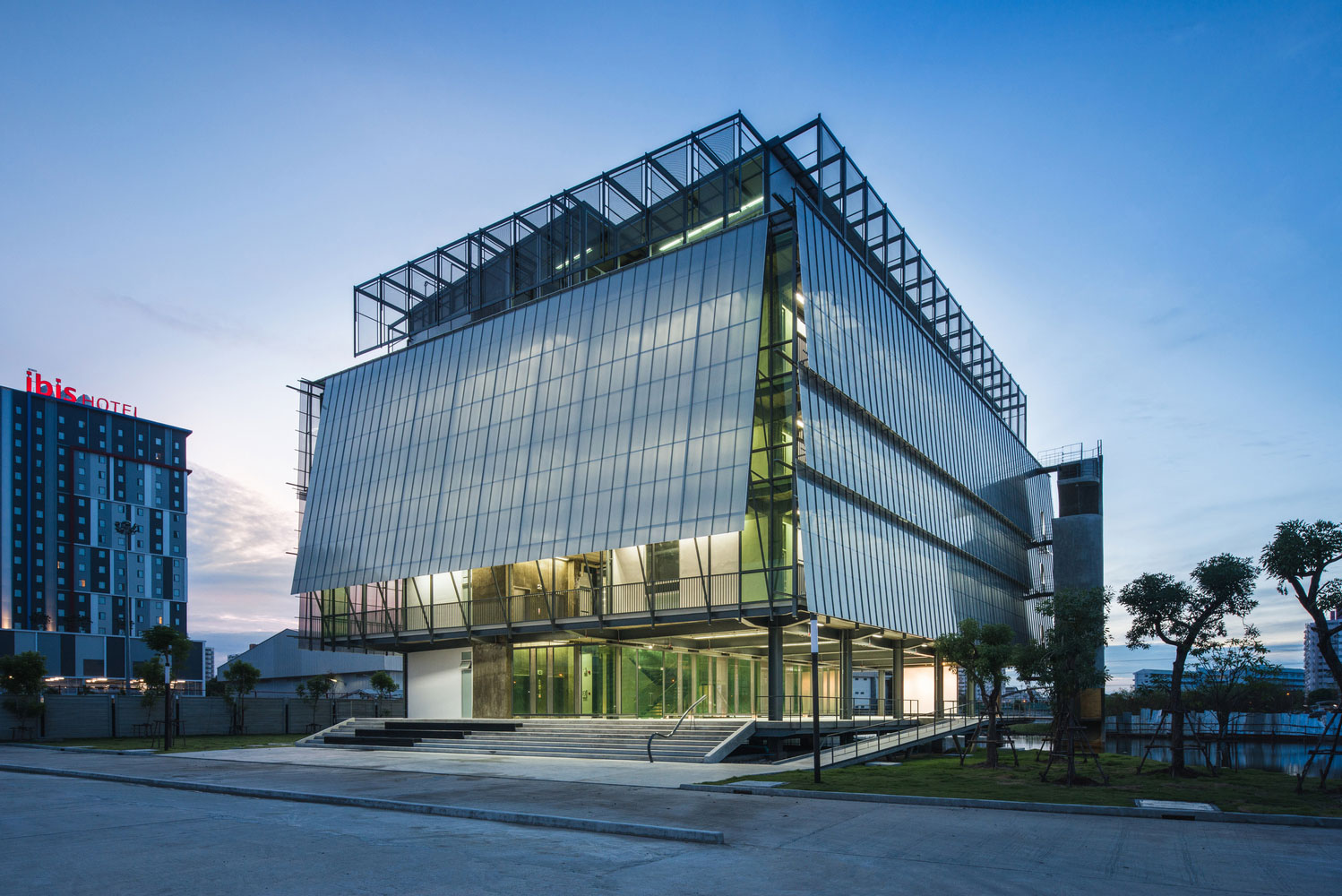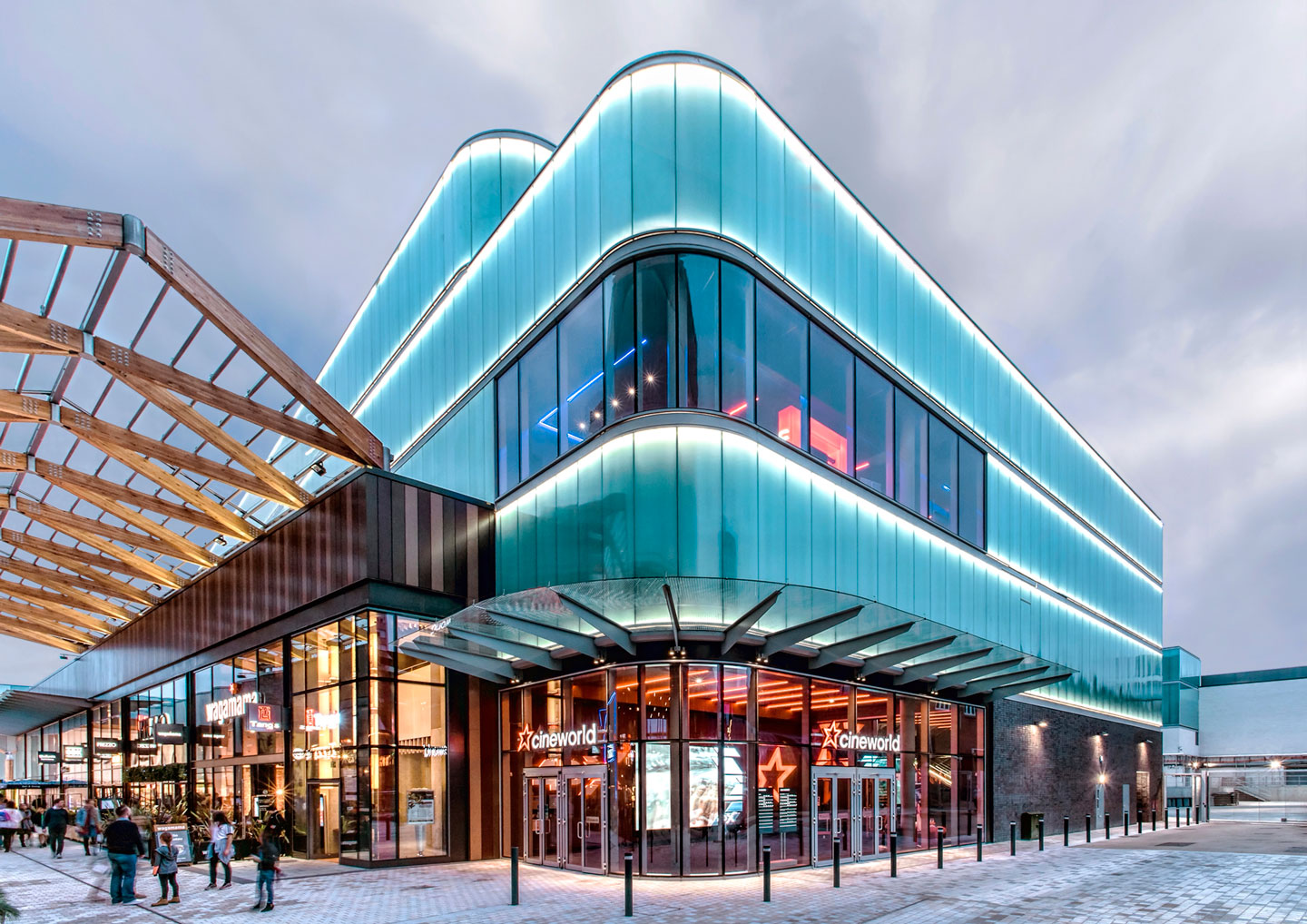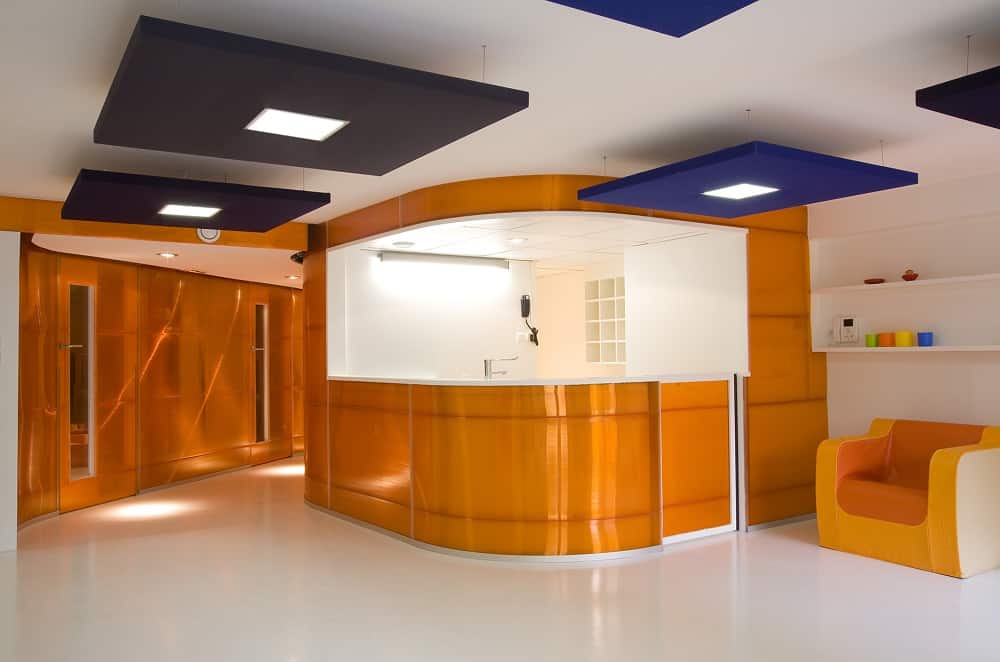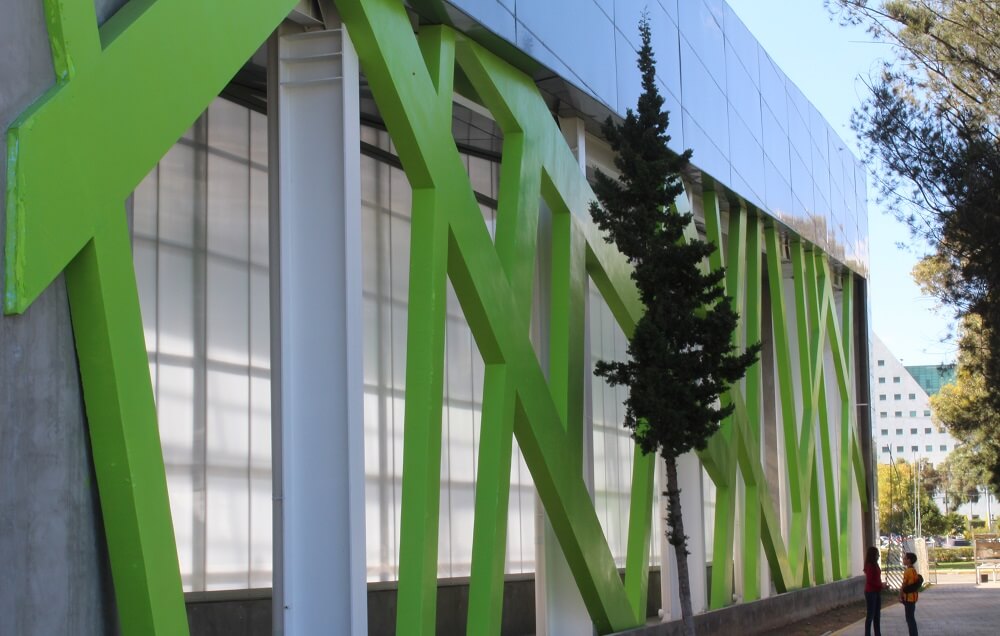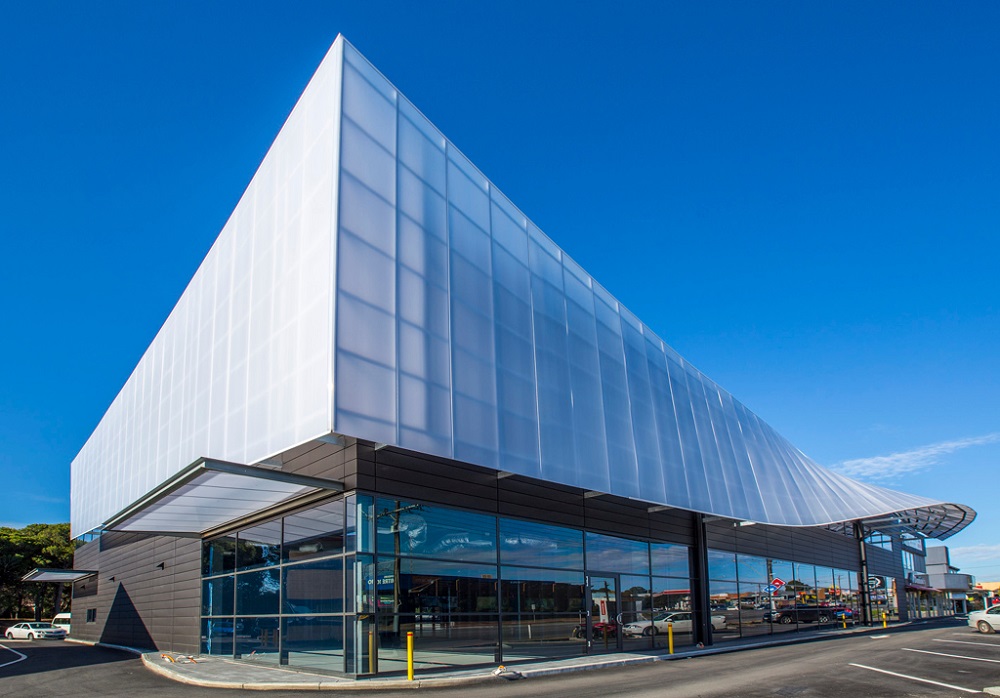
For everyone who has asked “Is polycarbonate flexible?”, we suggest that all you need to do is look around you at the products that are made of it. Polycarbonate shows up in items as varied as the car that you drive, the music that you listen to, the lighting fixtures in your home, and the glasses that you wear. Polycarbonate’s advantages in eyewear come from its light weight and because it has a natural UV filter. That’s one of the charms of the building material; it offers so much in terms of flexibility and usage, and has so many advantages over glass. A building material that can be shaped has an appeal both for professional architects and builders, but also for ordinary men and women intent on a home remodeling project. You don’t even need to use heat to mold polycarbonate into the desired shape. Because of the inherent strength of polycarbonate; it doesn’t break, even if you shape the sheet while it’s cold. Keep reading to learn more about the remarkable flexibility of polycarbonate and reasons why there’s such a contemporary focus on polycarbonate in architecture.
Is Polycarbonate Flexible Enough For Construction?
A material as versatile as polycarbonate is remarkable because its flexibility allows it to be adapted for a multitude of products. A material such as polycarbonate, which can be reshaped without breaking or even cracking, is capable of withstanding impacts that would shatter lesser materials. Combining strength and flexibility make polycarbonate a vastly more popular choice than glass for residential and commercial design.
Placing The Focus On Polycarbonate In Architecture And Its Environmental Advantages
The versatility and durability that polycarbonate displays in so many applications are some of the reasons why it’s a popular choice for building materials. Strength is a paramount consideration when an architect is designing a structure, whether it’s for commercial or residential use. A building must be strong enough to shelter the occupants within. It must be able to withstand the rigors of weather, which can, according to the season, deliver fierce punishment in the form of snow, rain, wind, hail, and even sunlight. Polycarbonate easily answers that call because it’s lighter than glass, but 200 times stronger. But unlike glass, polycarbonate is easier to shape. Another winning attribute of the material is its resistance to moisture. Because it doesn’t absorb moisture, the surface of polycarbonate is not readily susceptible to scratching .
Once the building has been constructed, its internal performance becomes a major consideration. For today’s consumer, environmental concerns are as much a priority as the durability of the building itself. Polycarbonate is easily recycled, which is always an advantage for any building material. Once again, polycarbonate is superior to glass in its energy-saving properties. Polycarbonate is a superior insulator, much better than glass. The lower energy costs that accompany effective insulating capabilities are a winning combination for consumers paying utility bills.
Esthetics matter as well in the construction of a building. Glass has long been a popular building material because it’s transparent and adds to its appeal. But glass is not flexible. Nor is it easy to work with. Polycarbonate brings its visual attractions, along with its light weight and flexibility, to such architectural features such as skylights.
How Is Polycarbonate Flexible As A Plastic?
Plastics are not known for being flexible. But polycarbonate, a thermoplastic, softens when it’s heated. Yet polycarbonate is also flexible when cold bending is applied. In fact, cold bending is the typical process used in shaping the material. Polycarbonate is not just something that building professionals use; even if you’re an amateur do-it-yourselfer, you can bend a sheet of polycarbonate with a heating coil or a filament. If these items aren’t available, you can shape the sheet with an oven or paint burner.
With so much to offer, polycarbonate can transform the look and performance of a building while adding to its visual appeal.




